Iberian Hare
- December 26, 2023
- 0 comment
The Iberian Hare, scientifically known as Lepus granatensis, is a species of hare native to the Iberian Peninsula, which includes Spain and Portugal. These elusive creatures often find themselves caught in conflicts with human activities, particularly in areas where agriculture and urbanization encroach upon their natural habitats. The expansion of human settlements has led to habitat loss and increased interactions with these hares, raising concerns about their well-being and the potential for negative impacts on local ecosystems.

In terms of legal status, the Iberian Hare is not listed as a threatened species, but conservation efforts are essential to ensure their continued existence. Various conservation initiatives strive to protect their habitats, manage conflicts, and raise awareness about the importance of coexisting with these animals. Striking a balance between human needs and wildlife preservation is crucial for the sustainable future of the Iberian Hare population.
Identifying Iberian Hares is a task often undertaken by wildlife enthusiasts and researchers. They possess distinctive features such as long ears, powerful hind legs, and a reddish-brown fur coat, with a white underside. Their keen sense of hearing and agility allows them to navigate their surroundings with ease, making them well-adapted to their natural environment.
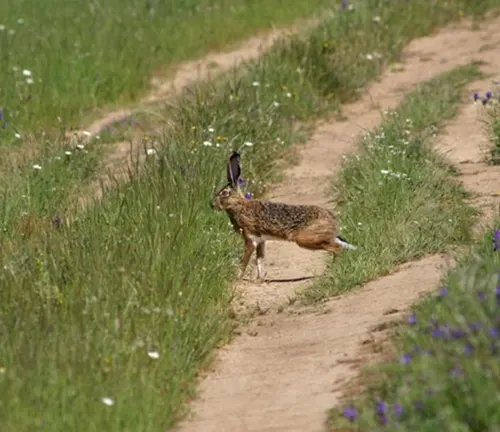
The physical description of the Iberian Hare includes a medium to large size, ranging from 50 to 70 centimeters in length, and they typically weigh between 2 to 4 kilograms. These hares play a significant role in the food web, serving as prey for various predators, including birds of prey and carnivorous mammals.
The species range of the Iberian Hare extends across the Iberian Peninsula, where it inhabits a variety of environments, including woodlands, grasslands, and Mediterranean scrublands. Despite their adaptability, habitat loss remains a significant threat to their survival, underscoring the importance of conservation efforts to maintain biodiversity in the region.
From a health and safety perspective, interactions between Iberian Hares and humans can pose risks to both parties. Vehicle collisions and agricultural conflicts are among the primary concerns, prompting the need for measures such as wildlife corridors, speed limits in critical areas, and public awareness campaigns to mitigate these risks. Balancing the needs of human communities with the preservation of Iberian Hare habitats is essential for the harmonious coexistence of both.
| Category | Specification |
|---|---|
| Scientific Name | Lepus granatensis |
| Size | 50 to 70 centimeters in length |
| Weight | 2 to 4 kilograms |
| Coloration | Reddish-brown fur with a white underside |
| Features | Long ears, powerful hind legs |
| Habitat | Woodlands, grasslands, Mediterranean scrublands |
| Range | Iberian Peninsula (Spain and Portugal) |
| Status | Not listed as threatened; conservation efforts vital |
| Concerns | Habitat loss, conflicts with agriculture and urbanization |
| Role in Ecosystem | Prey for birds of prey and carnivorous mammals |
| Safety Concerns | Vehicle collisions, agricultural conflicts |
| Conservation Measures | Wildlife corridors, speed limits, public awareness |
A Glimpse into its Intriguing Life
General Biology
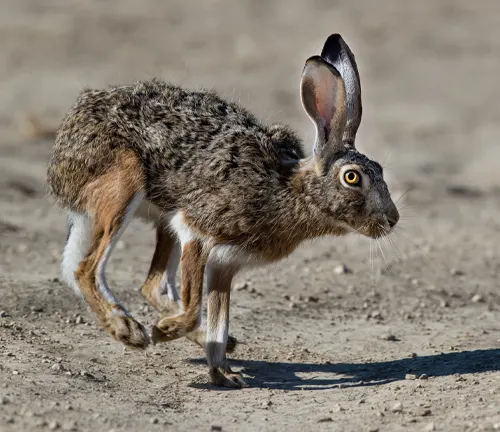
The Iberian Hare, scientifically known as Lepus granatensis, is a captivating species native to the Iberian Peninsula, specifically flourishing in the diverse landscapes of Spain and Portugal. This medium to large-sized hare is equipped with distinctive features, including long ears and powerful hind legs, making it a fascinating subject for wildlife enthusiasts and researchers alike. Its reddish-brown fur, coupled with a white underside, adds to the allure of this elusive creature.
Reproduction
In the intricate tapestry of the Iberian Hare’s life, reproduction plays a pivotal role. The mating season, typically occurring in the spring, witnesses the captivating courtship rituals of these hares. After a gestation period of about one month, female hares give birth to a litter of leverets. The remarkable adaptability of these young hares is a testament to their survival instincts, as they quickly learn to navigate their surroundings.
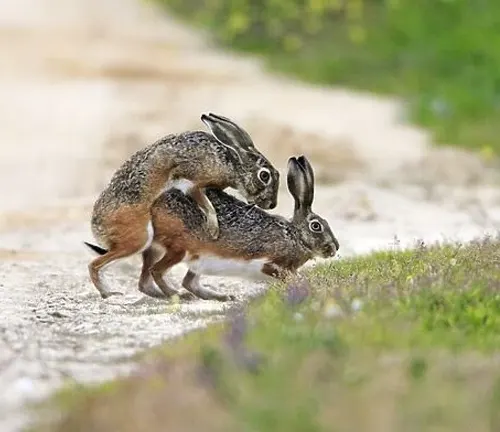
Behavior
The behavior of the Iberian Hare is a testament to its adaptability and resourcefulness. These creatures are primarily crepuscular, meaning they are most active during the dawn and dusk hours. Their keen sense of hearing and agility allows them to evade predators and navigate their habitats with precision. The Iberian Hare’s behavior is a delicate dance between survival instincts and the ever-changing dynamics of its environment.

Nesting/Denning Cover
The choice of nesting and denning cover is a crucial aspect of the Iberian Hare’s life. These hares often utilize dense vegetation, hollows in the ground, or the shelter of low shrubs for nesting and denning. The strategic selection of these covers serves as a protective measure for both adults and their vulnerable offspring, shielding them from potential threats and adverse weather conditions.
Habitat
The Iberian Hare showcases an impressive adaptability to a range of environments, including woodlands, grasslands, and Mediterranean scrublands. However, their survival is intricately linked to the preservation of these habitats. With human activities encroaching upon their territory, conservation efforts become paramount to ensure the coexistence of these hares and the ecosystems they inhabit.
Food Habits
The dietary preferences of the Iberian Hare contribute to its role in the local food web. These herbivores primarily feed on a variety of plants, grasses, and shrubs. Their selective grazing influences vegetation dynamics in their habitats, emphasizing their ecological significance as both consumers and contributors to the overall biodiversity of the region.
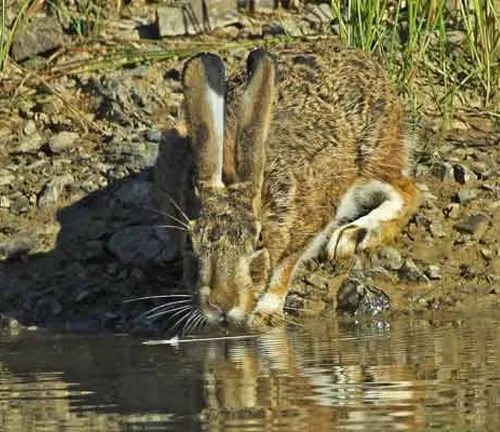
Voice, Sounds, Tracks, and Signs
While the Iberian Hare may not be known for its vocalizations, it communicates through subtle sounds and body language. Rustling in the underbrush, thumping of hind feet, and soft grunts are some of the ways these hares convey messages. Tracks and signs in the form of distinctive footprints and droppings further reveal their presence in an area, offering insights into their behavior and movement patterns.
Unveiling the Impacts on Surrounding Landscapes
Damage Identification
The Iberian Hare, an enchanting creature of the Iberian Peninsula, has long been a subject of fascination. However, as populations of these hares intermingle with human habitats, a nuanced understanding of their impact on the environment becomes crucial. Damage identification becomes the first step in comprehending the intricate relationship between these hares and the landscapes they inhabit.
Damage to Landscapes
While the Iberian Hare is a vital component of local ecosystems, its presence can exert noticeable effects on landscapes. These hares, with their selective feeding habits, can influence the composition of vegetation in their surroundings. Understanding the extent and nature of these alterations is key to managing the delicate balance between wildlife preservation and landscape dynamics.
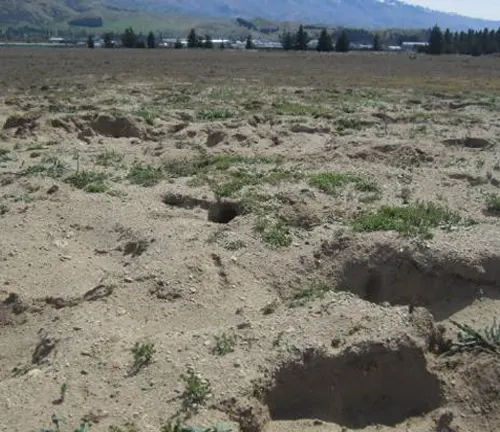
Damage to Crops and Livestock
As agriculture and hare habitats intersect, conflicts arise. The Iberian Hare’s herbivorous diet includes crops and vegetation commonly found in agricultural settings. The consequences of this dietary overlap extend beyond the immediate consumption of crops, impacting farmers and livestock. Balancing the needs of agriculture with the preservation of these hares is a challenge that demands thoughtful solutions and proactive management strategies.
Damage to Structures
Beyond agricultural impacts, the Iberian Hare’s presence can lead to structural challenges. Their burrowing tendencies can result in damage to gardens, lawns, and even pose risks to infrastructure. Understanding the patterns and motivations behind these behaviors is essential for developing effective mitigation measures that safeguard both human spaces and the natural instincts of the Iberian Hare.
Navigating Damage Prevention and Control Methods
Damage Prevention and Control Methods
As the interaction between human spaces and the habitats of the Iberian Hare intensifies, the need for effective damage prevention and control methods becomes paramount. Striking a balance between coexistence and safeguarding human interests necessitates a nuanced approach. This article explores various methods employed to manage and prevent potential damage caused by the Iberian Hare.
Habitat Modification
One key strategy in mitigating conflicts with Iberian Hares involves habitat modification. By understanding the specific environmental conditions that attract these hares, stakeholders can implement changes that discourage habitation. This approach seeks to create an environment that is less conducive to the activities that lead to damage, striking a balance between preserving natural habitats and minimizing human-wildlife conflicts.
Exclusion
Exclusion methods aim to create physical barriers that deter Iberian Hares from accessing certain areas. Fencing, for instance, can be a highly effective means of protecting crops or sensitive landscapes. However, it requires careful planning to ensure it is both wildlife-friendly and sustainable, providing a solution that safeguards both agricultural interests and the natural behaviors of the hares.
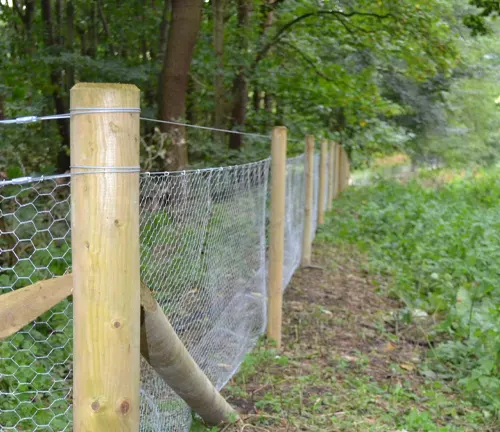
Frightening Devices
Frightening devices leverage auditory or visual stimuli to discourage Iberian Hares from specific areas. These can range from motion-activated lights and sound emitters to more advanced technologies. The goal is to create an environment that is inhospitable to the hares without resorting to harm, promoting a coexistence model that prioritizes humane deterrents.
Repellents
Repellents offer another non-lethal approach to managing Iberian Hare conflicts. These substances, often derived from natural sources, create an aversive experience for the hares, discouraging them from particular spaces. Implementing repellents requires a thoughtful and targeted application to ensure effectiveness while minimizing ecological impacts.
Toxicants
While considered a last resort, the use of toxicants involves the application of substances harmful to Iberian Hares. This method requires careful consideration of potential ecological consequences and adherence to legal and ethical standards. Employing toxicants demands a thorough understanding of the specific context and risks associated with this approach.
Shooting
In cases where other methods prove ineffective or impractical, controlled shooting can be considered as a means of managing Iberian Hare populations. This method requires expertise to ensure humane and ethical practices, respecting both the welfare of the hares and the broader ecological balance.
Trapping
Trapping involves capturing Iberian Hares using specialized devices, offering a targeted and selective approach to population management. Like other methods, trapping requires adherence to ethical and legal guidelines, prioritizing the welfare of the hares and minimizing potential harm.
Different Species
The Iberian Hare, scientifically known as Lepus granatensis, is the primary hare species found on the Iberian Peninsula, encompassing Spain and Portugal. While Lepus granatensis is the most recognized species in the region, it’s essential to note that within the broader genus Lepus, there are various hare species worldwide.
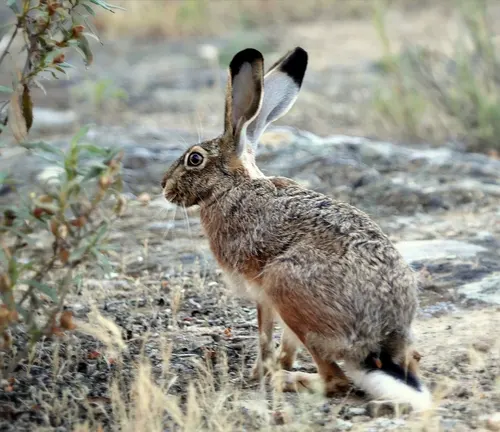
Frequently Asked Questions (FAQs)
1. What is the Iberian Hare?
The Iberian Hare (Lepus granatensis) is a species of hare native to the Iberian Peninsula, including Spain and Portugal.
2. What does the Iberian Hare look like?
The Iberian Hare has a medium to large size with long ears and powerful hind legs. It typically has reddish-brown fur with a white underside.
3. Where does the Iberian Hare live?
The Iberian Hare inhabits various environments, including woodlands, grasslands, and Mediterranean scrublands on the Iberian Peninsula.
4. What is the conservation status of the Iberian Hare?
As of my last update, the Iberian Hare was not listed as a threatened species. However, conservation efforts are important to address habitat loss and other challenges.
5. What does the Iberian Hare eat?
Iberian Hares are herbivores and primarily feed on a variety of plants, grasses, and shrubs.
6. How does the Iberian Hare reproduce?
The mating season for Iberian Hares typically occurs in spring, and after a gestation period of about one month, females give birth to a litter of leverets.
7. Are there different species of Iberian Hare?
The primary species found on the Iberian Peninsula is Lepus granatensis. While there may be regional variations, significant subspecies or different species are not widely recognized.
8. What are the main threats to the Iberian Hare?
Habitat loss due to human activities, conflicts with agriculture, and potential collisions with vehicles are among the main threats to the Iberian Hare.
9. How can I contribute to Iberian Hare conservation?
Supporting conservation initiatives, raising awareness about coexistence, and respecting wildlife habitats are ways individuals can contribute to Iberian Hare conservation.
10. Are Iberian Hares considered pests?
In some regions, conflicts may arise due to the impact of Iberian Hares on crops and landscapes. Management strategies, including habitat modification and deterrents, are implemented to address these conflicts.


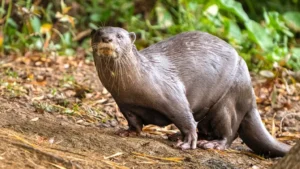
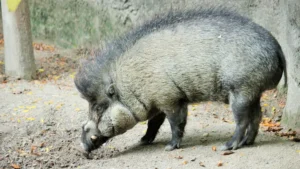
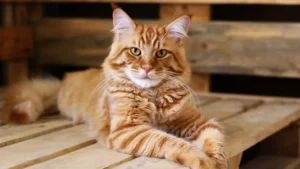

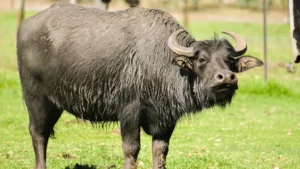
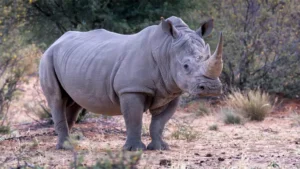
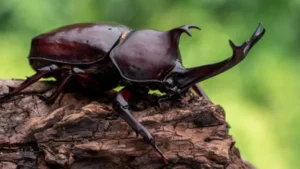
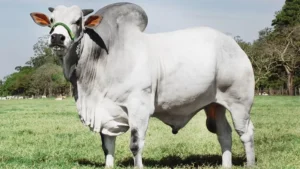
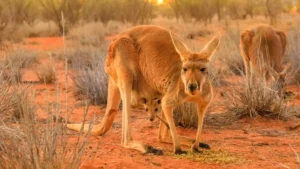
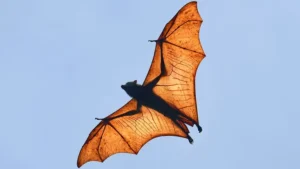
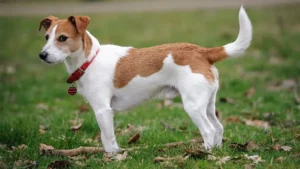

Leave your comment